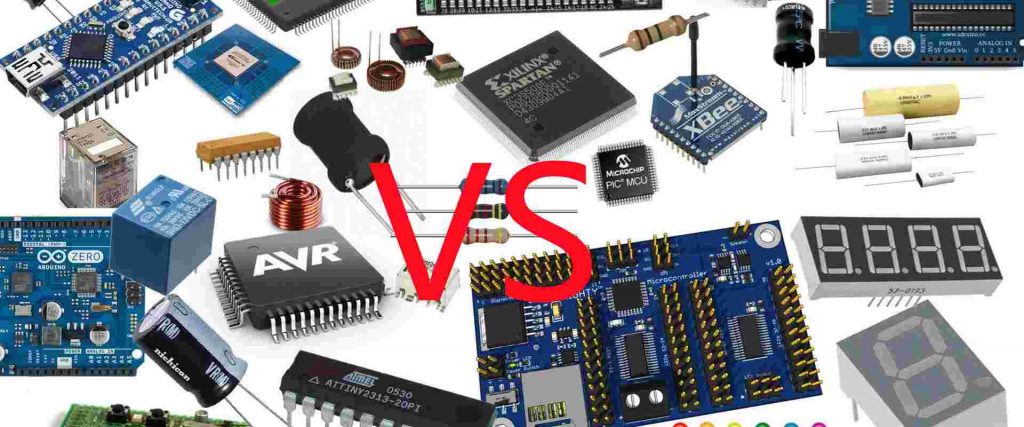In the realm of electrical circuits, resistors play a crucial role in controlling the flow of current and voltage. These passive components come in various shapes, sizes, and materials, each with its unique characteristics. In this article, we delve into the world of resistors, shedding light on the two main types that dominate the field. Join us on this enlightening journey as we explore the fascinating intricacies of fixed resistors and variable resistors.
- Fixed Resistors: The Steadfast Guardians of Stability
Fixed resistors, as the name suggests, possess a constant resistance value that remains unchanged under normal operating conditions. They are widely used in electronic circuits to limit current, divide voltage, and provide stability. Let's explore some of the most common types of fixed resistors:
1.1 Carbon Composition Resistors:
Carbon composition resistors, made from a mixture of carbon particles and a binder, have been a staple in electronics for decades. They offer excellent stability, low cost, and a wide range of resistance values. However, they are limited in terms of power handling capabilities and are susceptible to temperature variations.
1.2 Metal Film Resistors:
Metal film resistors, constructed by depositing a thin layer of metal alloy onto a ceramic substrate, are known for their high precision and low noise characteristics. They exhibit superior stability, low temperature coefficient, and high power ratings. These resistors find applications in precision measurement equipment, audio amplifiers, and signal processing circuits.
1.3 Wirewound Resistors:
Wirewound resistors are constructed by winding a resistive wire, typically made of nichrome or constantan, around a ceramic or fiberglass core. They offer high power handling capabilities, low inductance, and excellent stability. Wirewound resistors are commonly used in power supplies, motor control circuits, and high-frequency applications.
- Variable Resistors: The Chameleons of Electrical Control
Unlike fixed resistors, variable resistors allow for adjustments to the resistance value, providing control over current and voltage levels. They find applications in various scenarios where precise adjustments are required. Let's explore two popular types of variable resistors:
2.1 Potentiometers:
Potentiometers, also known as pots, are three-terminal devices with a rotating or sliding contact that can be adjusted to change the resistance value. They are commonly used for volume control in audio systems, brightness control in displays, and tuning in electronic instruments. Potentiometers offer a smooth and continuous change in resistance, allowing for precise adjustments.
2.2 Rheostats:
Rheostats are variable resistors designed to handle high power dissipation. They typically consist of a resistive wire wound on a ceramic core, with a sliding contact that moves along the wire to change the resistance. Rheostats are commonly used in applications such as motor speed control, heating elements, and power regulation circuits.
Conclusion:
Resistors are the unsung heroes of electrical circuits, providing stability, control, and precision. Fixed resistors offer steadfast resistance values, while variable resistors provide flexibility and adjustability. By understanding the characteristics and applications of fixed and variable resistors, engineers and enthusiasts can design and optimize circuits for a wide range of electronic devices. So, whether you're tinkering with electronics or diving into the world of electrical engineering, remember the vital role that resistors play in shaping our technological landscape.


More Stories
Performance, Application Scenarios and Selection of External Panel Materials for Outdoor Mobile Shelters
5 Game-Changing Tips to Supercharge Your Home Theater with a Universal Projector Remote
High-Efficiency Automotive Power MOSFETs Optimized for Electric and Hybrid Vehicles’ Powertrain Systems